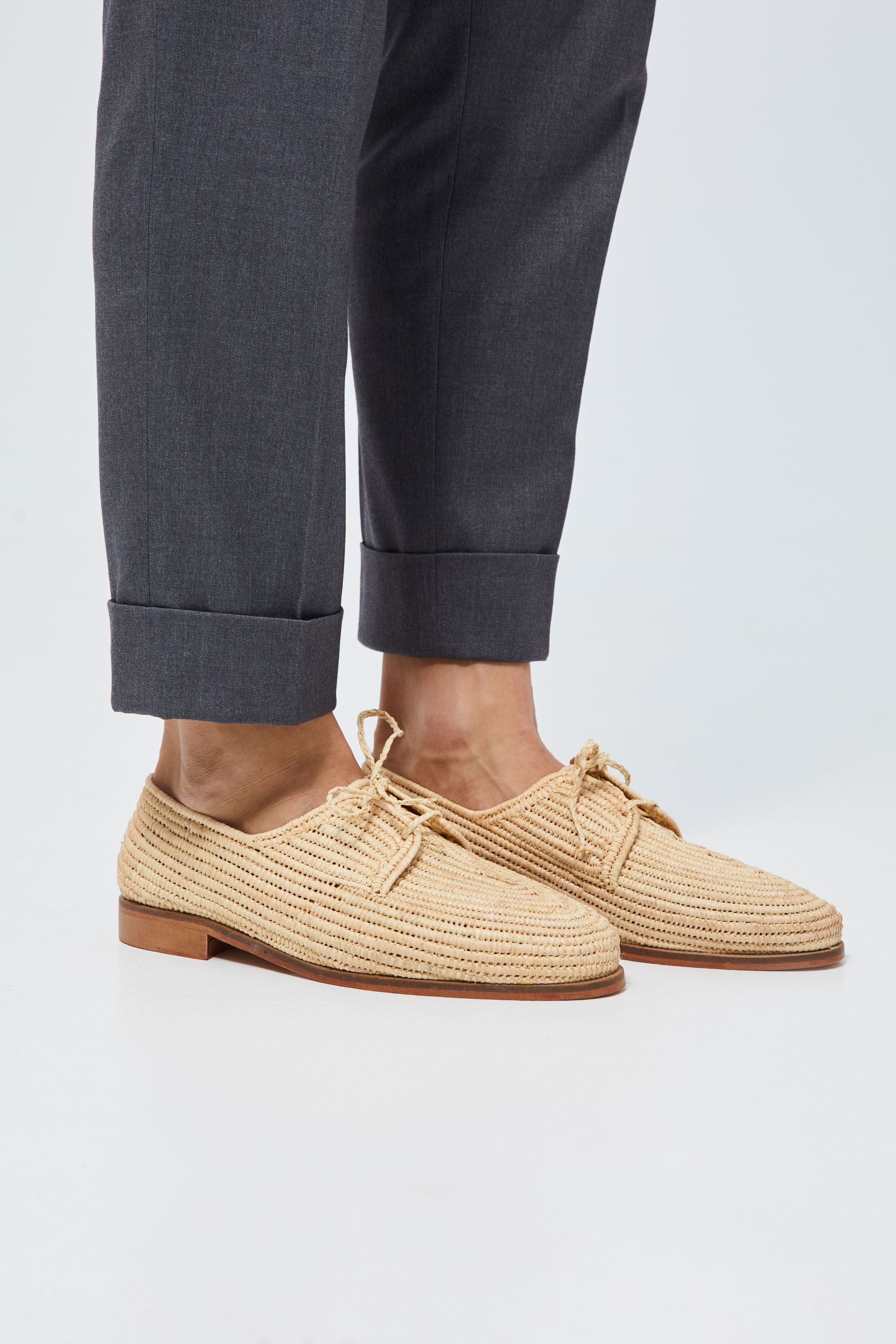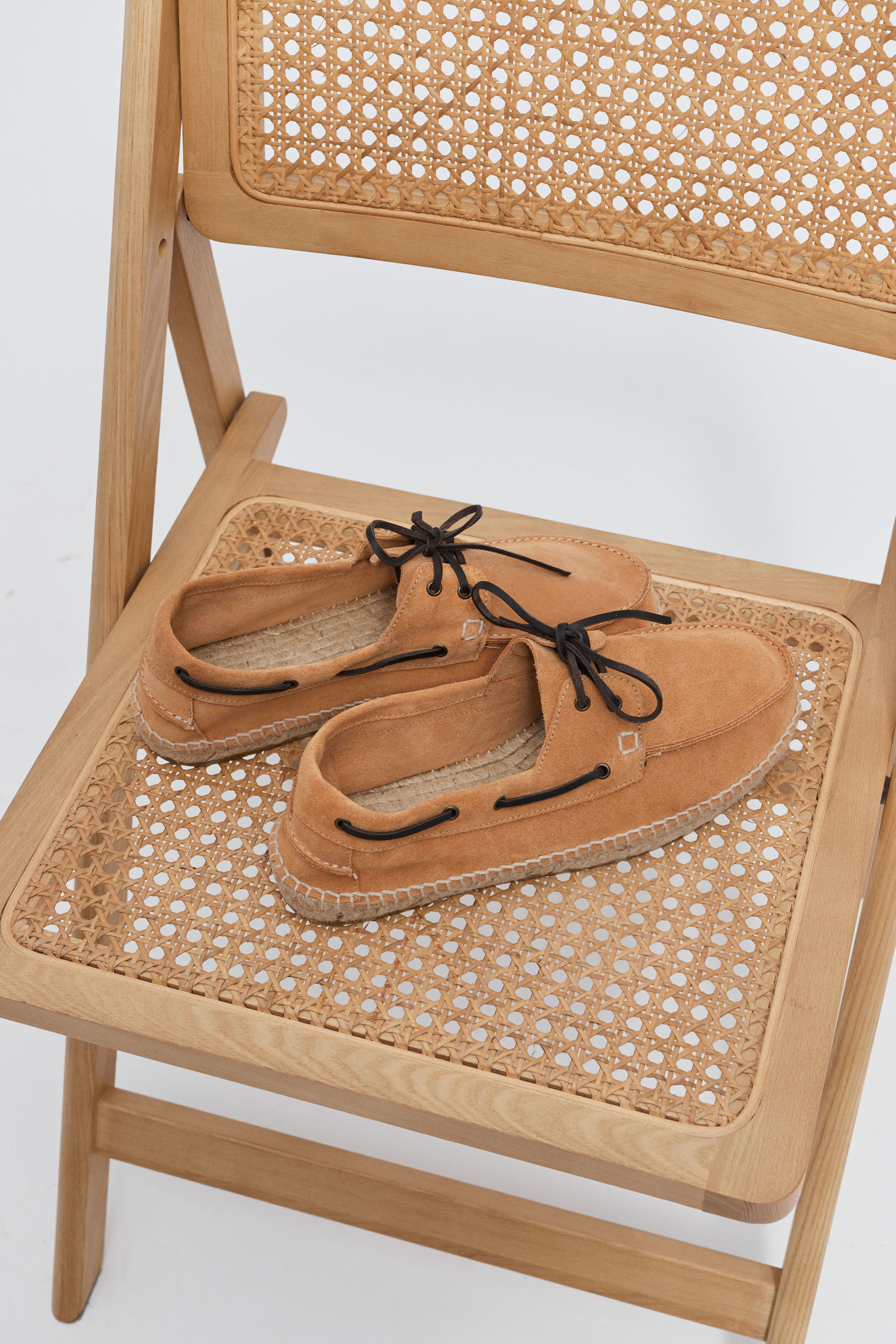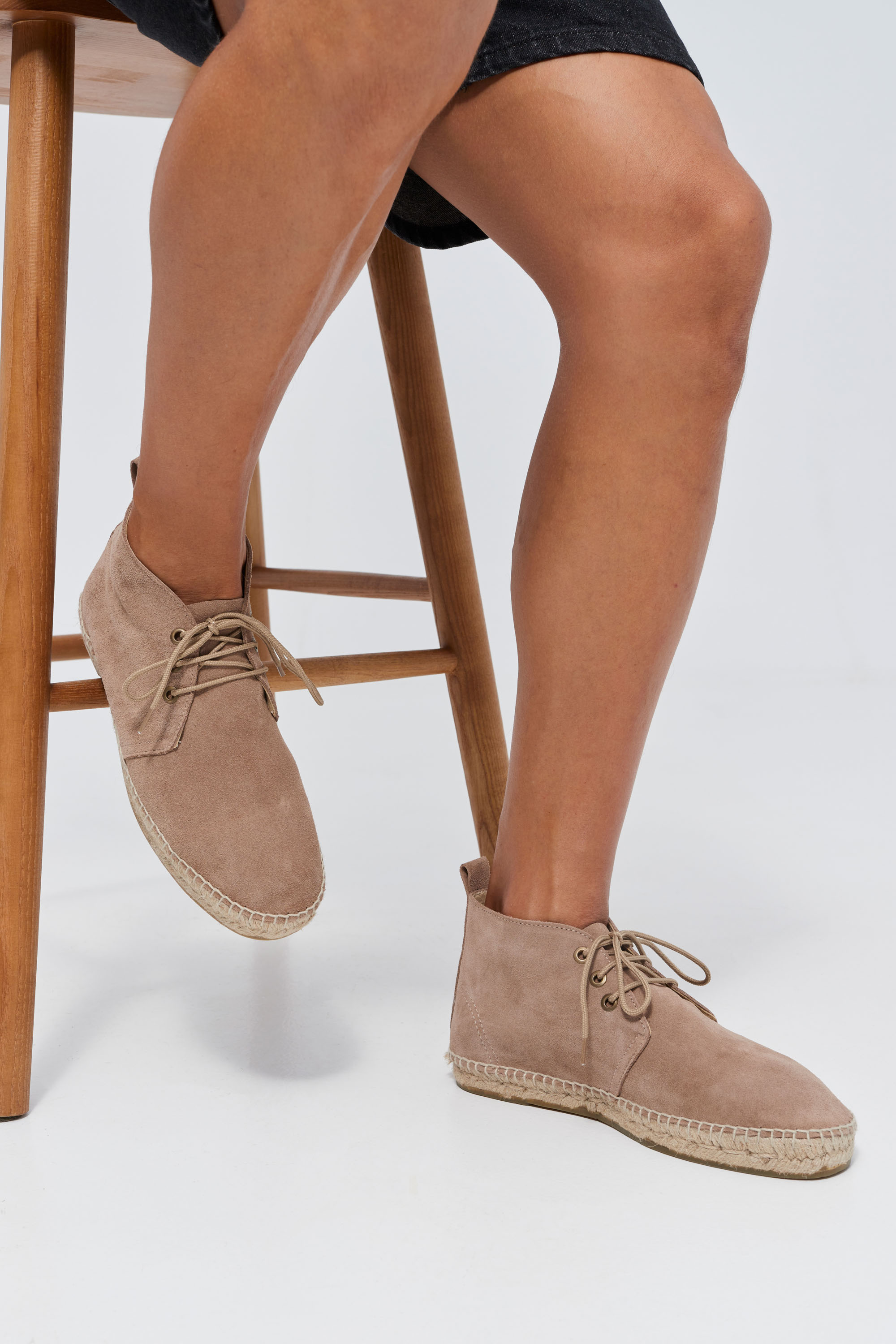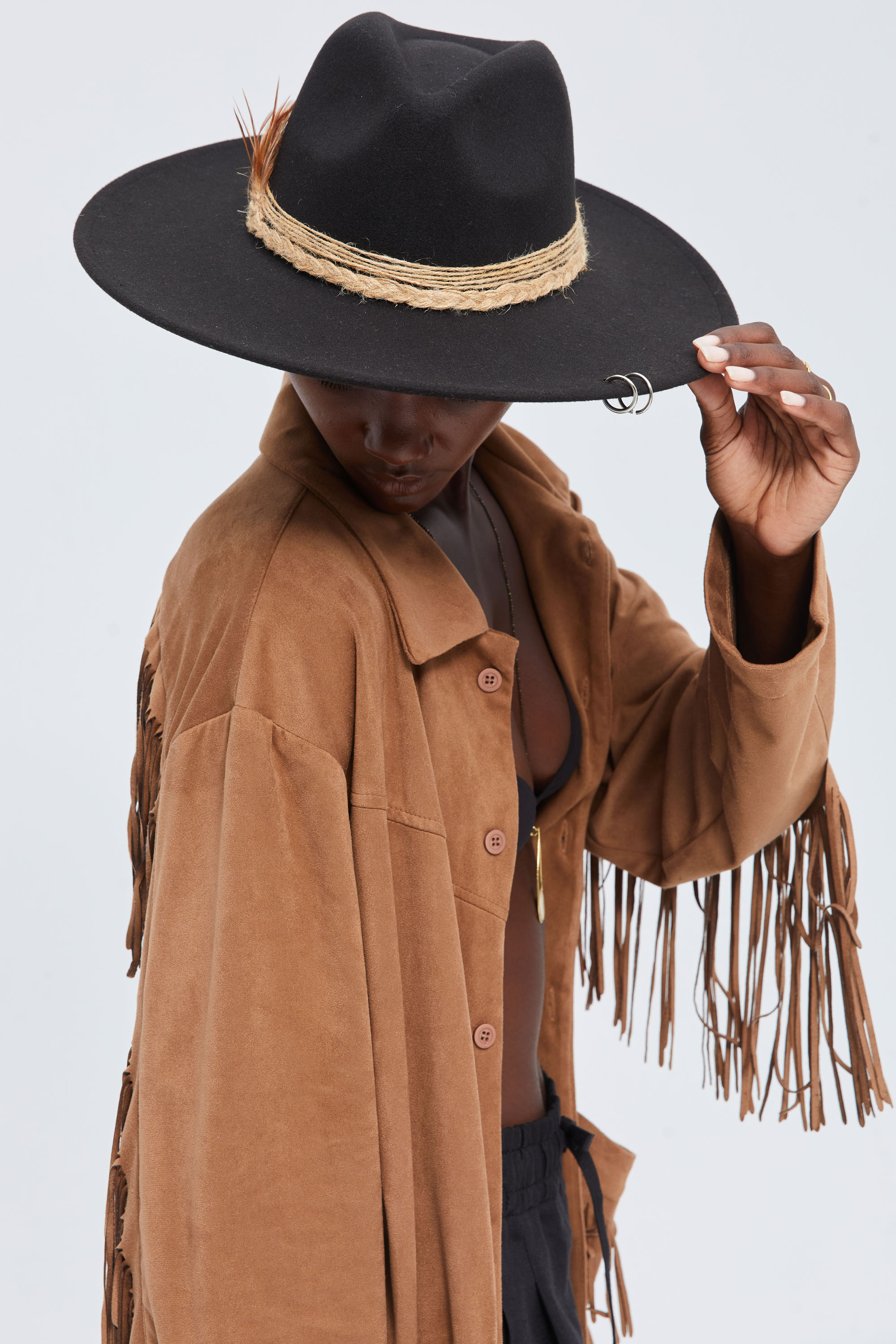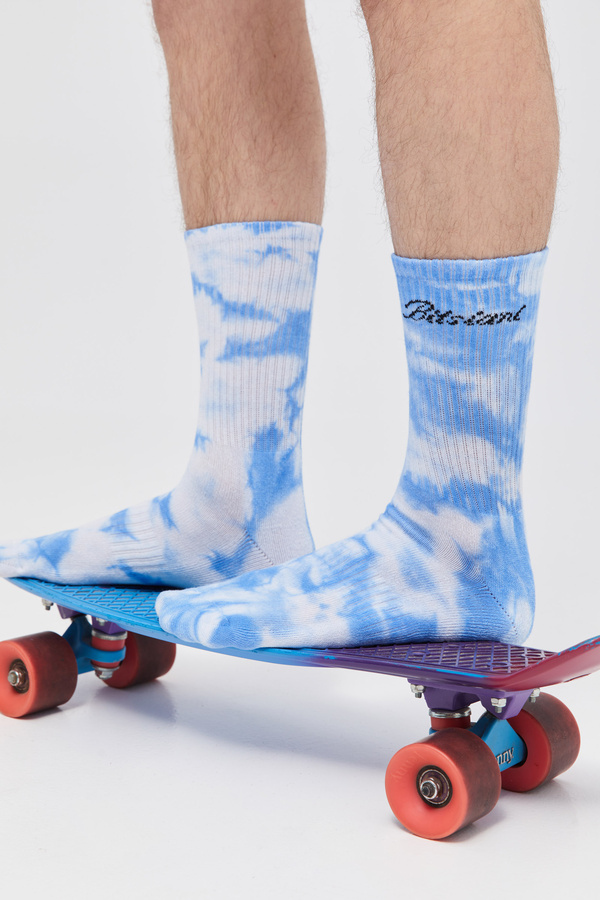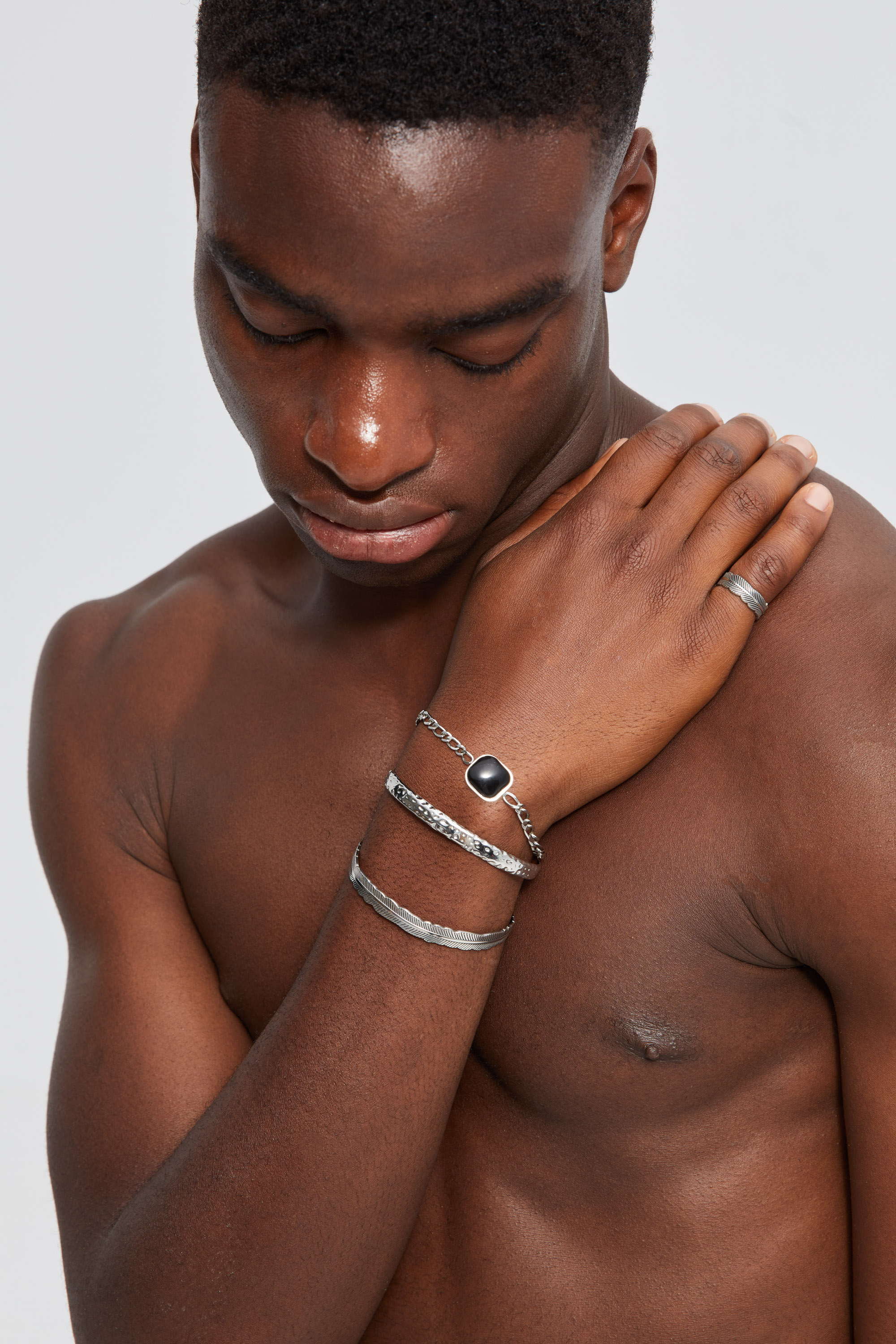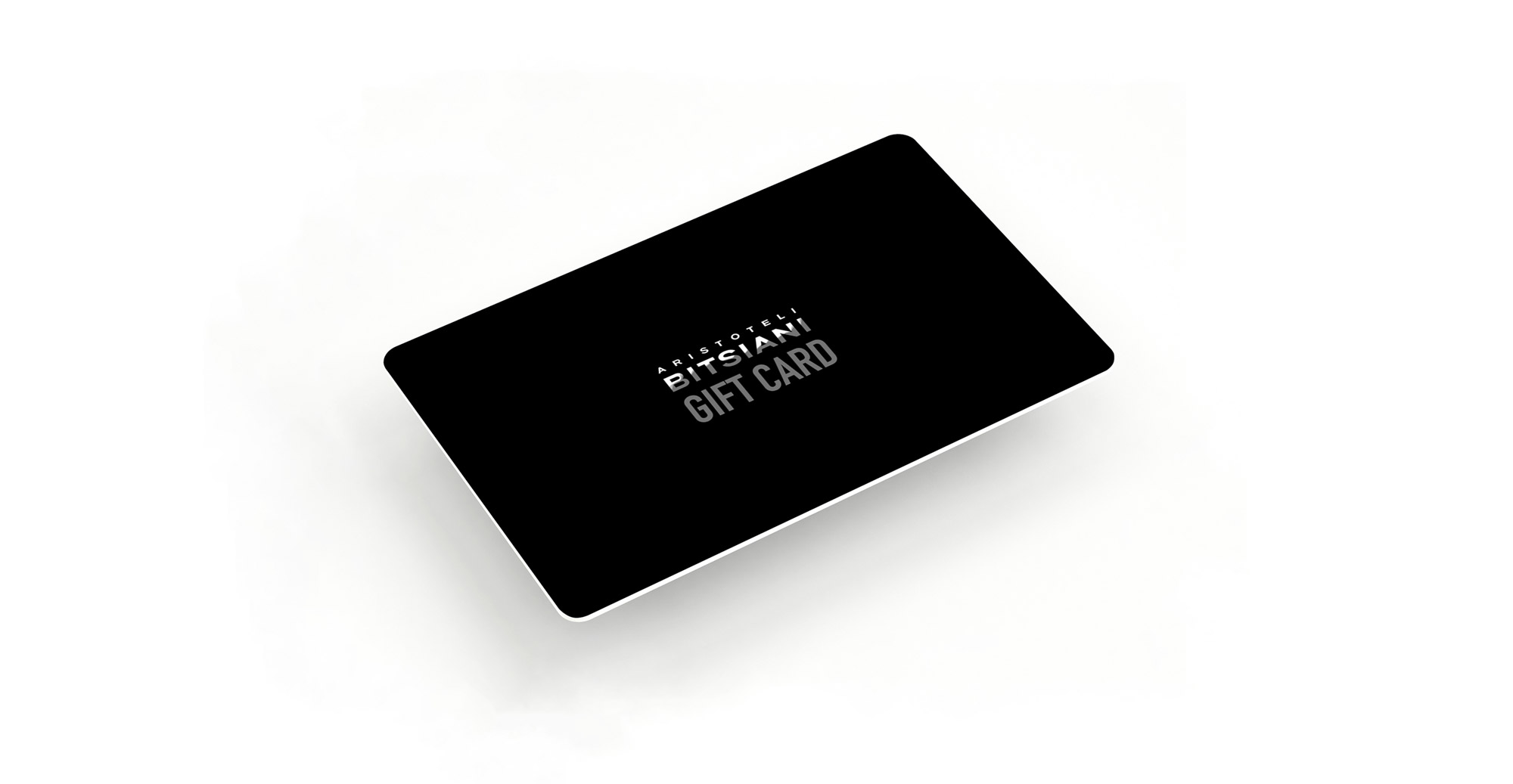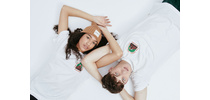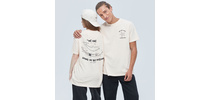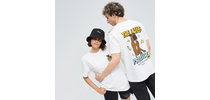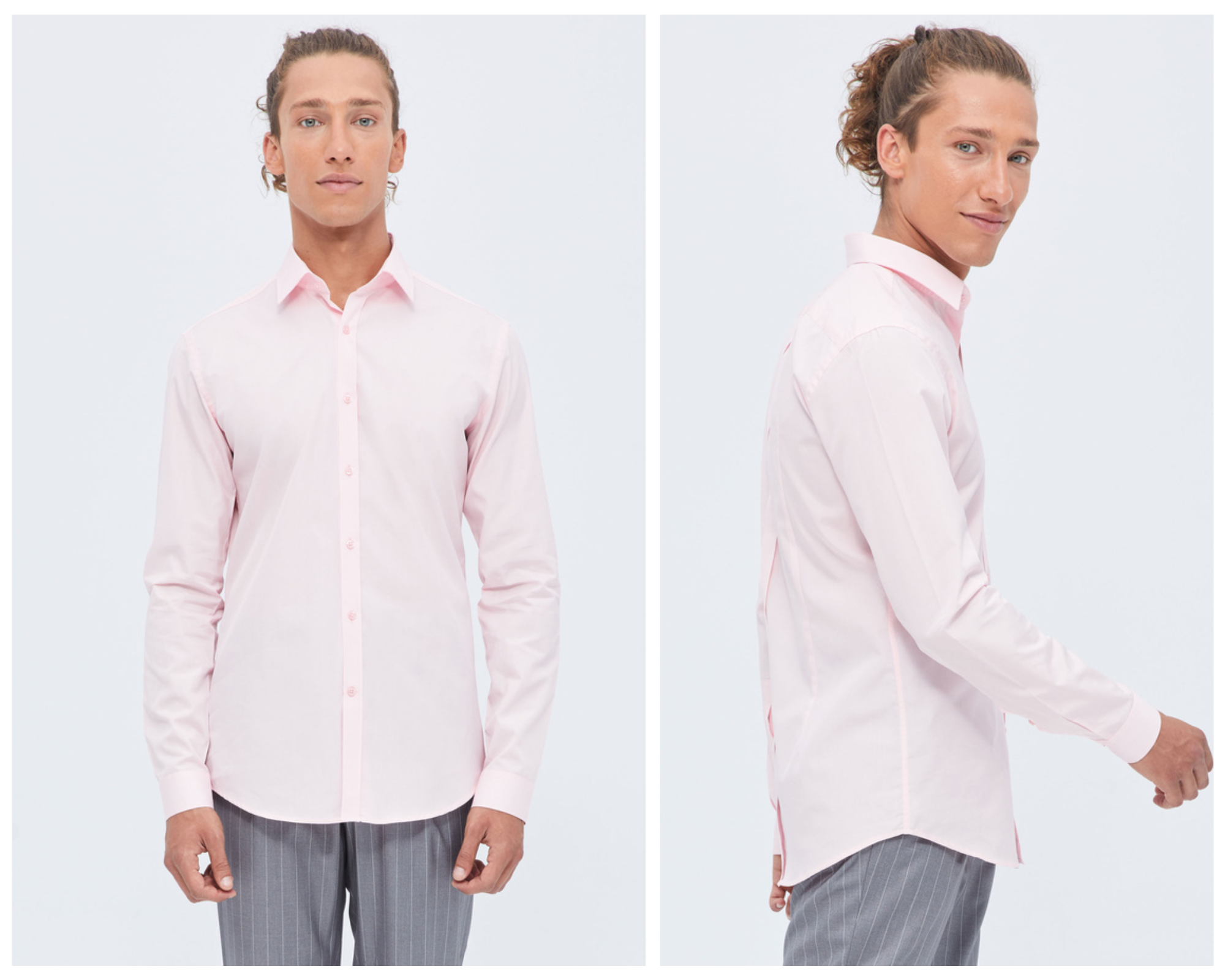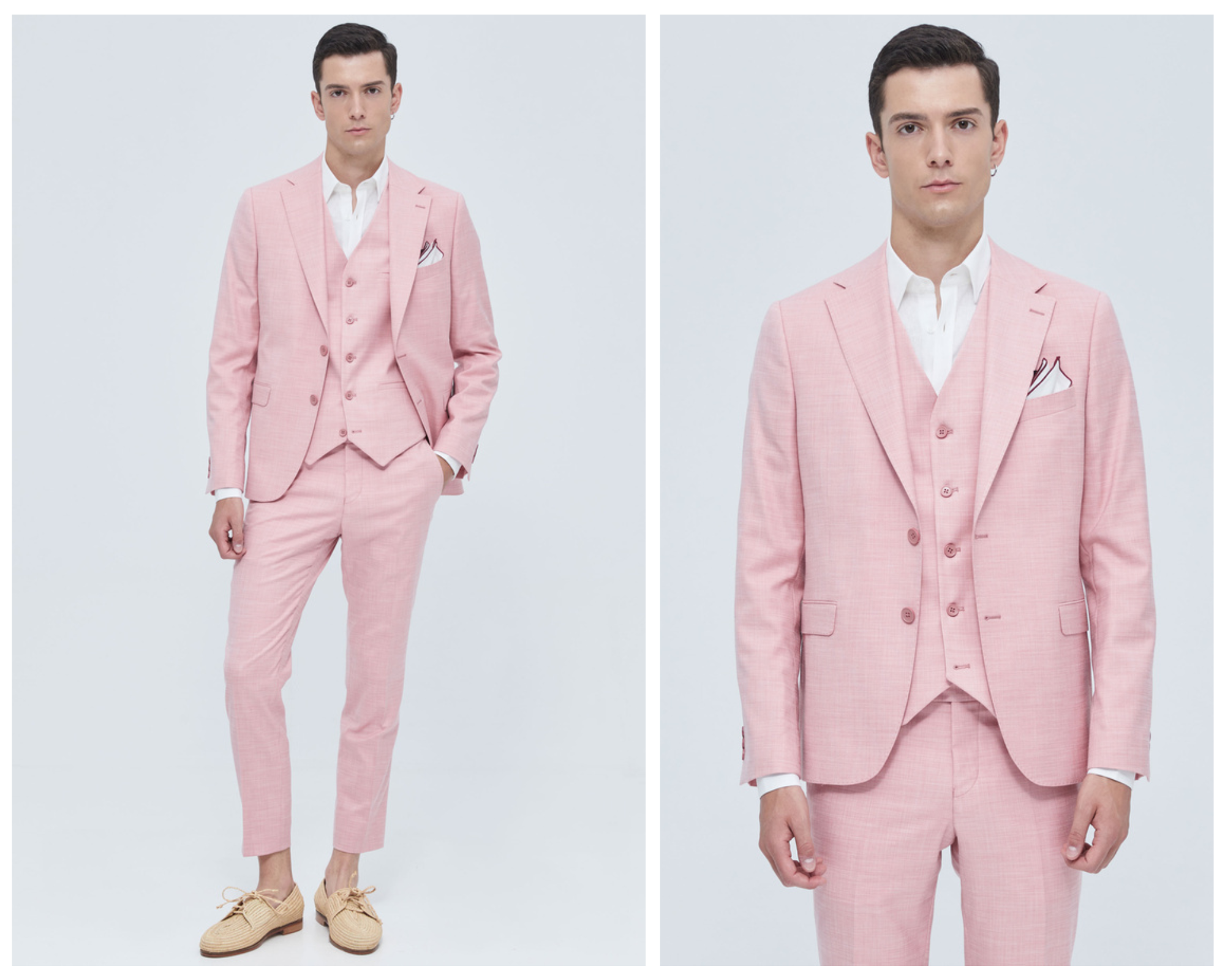Barbiecore proves that pink doesn't have gender
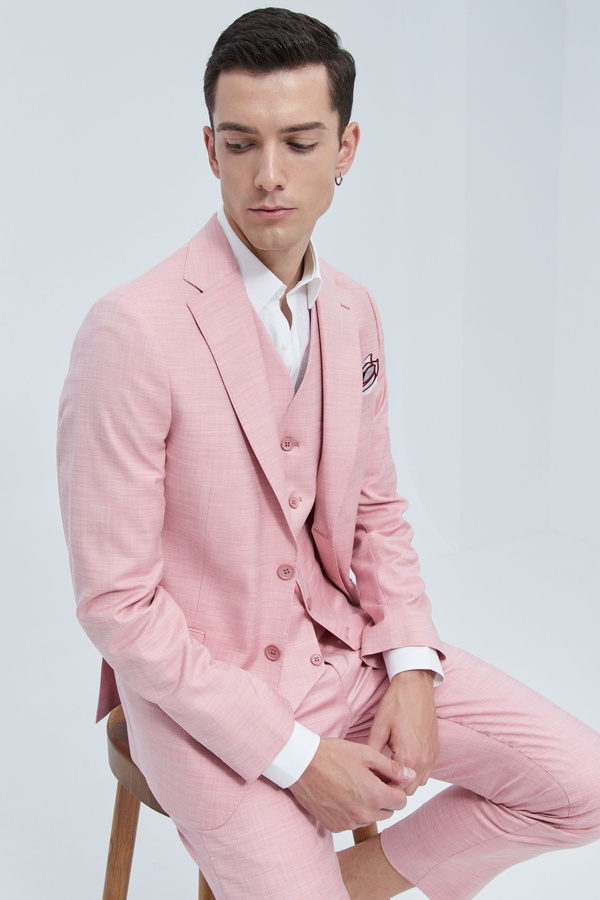
27
Aug
Who says pink is just for girls? Here's how to rock pink with confidence and style.
Men's interest in the color pink has been steadily growing for the past couple of years, but recently it has surged in popularity like never before. Fashion has been blurring the lines between masculine and feminine clothes for years, promoting the idea that everyone should wear what makes him happy. However, the sudden rise in popularity of the color pink can be attributed to the success of Barbie and the emergence of the Barbiecore trend.
Barbiecore trend and pink color

It's fascinating that the Barbiecore trend gained momentum even before the movie's release or its first trailer was out. From the moment the first pictures of the Barbie shoot appeared, people were captivated by the iconic doll and everything she embodies. Pink, Barbie's signature color, played a significant role in this trend, but fashion experts suggest it's about much more than just the color. It's about embracing femininity, feeling self-assured and empowered, and celebrating life as a modern woman.
It's interesting to consider how the Barbiecore trend appealed to both men and women and gained equal popularity among them. Ryan Gosling's portrayal of Ken in the movie may have played a significant role. As one of the most beloved and charismatic actors in Hollywood, his adoption of the trend and willingness to experiment with his style by incorporating the color pink helped to break down barriers and encourage other men to try something new and embrace their own unique fashion sense. It's clear that the color pink is no longer just for women, and men can now confidently wear it as well.
The history of the color pink
To fully appreciate the versatility of the color pink, taking a brief look at its history can be helpful. Surprisingly, during the 18th century, pink was actually considered a predominantly masculine color. In fact, many men would proudly wear pink silk suits as a symbol of their status and wealth. Pink was even sometimes seen as an alternative to the more aggressive color of red. As time passed, pink continued to gain popularity among men, with Brooks Brothers introducing the first pink shirts in the early 20th century, quickly becoming a hit with college boys. However, it wasn't until the late 20th century, with the rise of Freudian psychology and theories about child development, that pink became more closely associated with girls and blue with boys. Before this, both colors were equally popular among children and young people, with no gender distinctions.
5 tips to embrace pink
If you want to incorporate more pink into your wardrobe, there are plenty of ways to start small. Choosing accessories or clothes with pink accents is a significant first step. A pink waistcoat, shirt, tie, pocket square, or hat can add a touch of pink without overwhelming your outfit.
Once you're comfortable with small pops of pink, you can start incorporating it into more prominent pieces. A pink shirt, knit, or sweatshirt can be paired with more subdued bottoms to create a balanced look.
A pink t-shirt can be paired with comfortable Bermuda shorts and sneakers for a casual look.
If you're looking for a formal option, a pale pink suit is an excellent choice for weddings or other formal occasions.
When it comes to combining pink with other colors, the possibilities are endless. Pink pairs well with brown, dark blue, and grey. If you have lighter skin, bolder or darker shades of pink may be more flattering, while those with darker skin tones may prefer lighter shades. Remember that pink is a versatile color that can be worn in many ways, and don't be afraid to experiment and find what works best for you.










